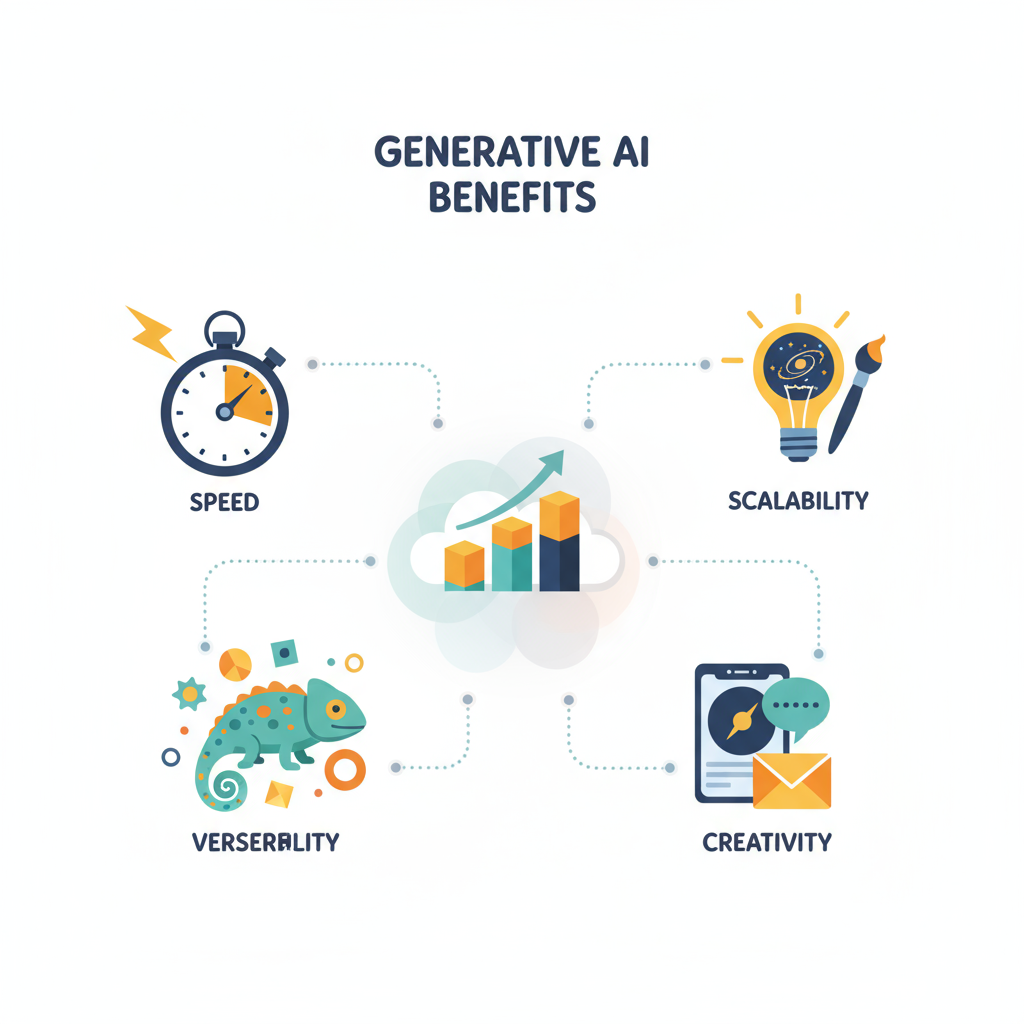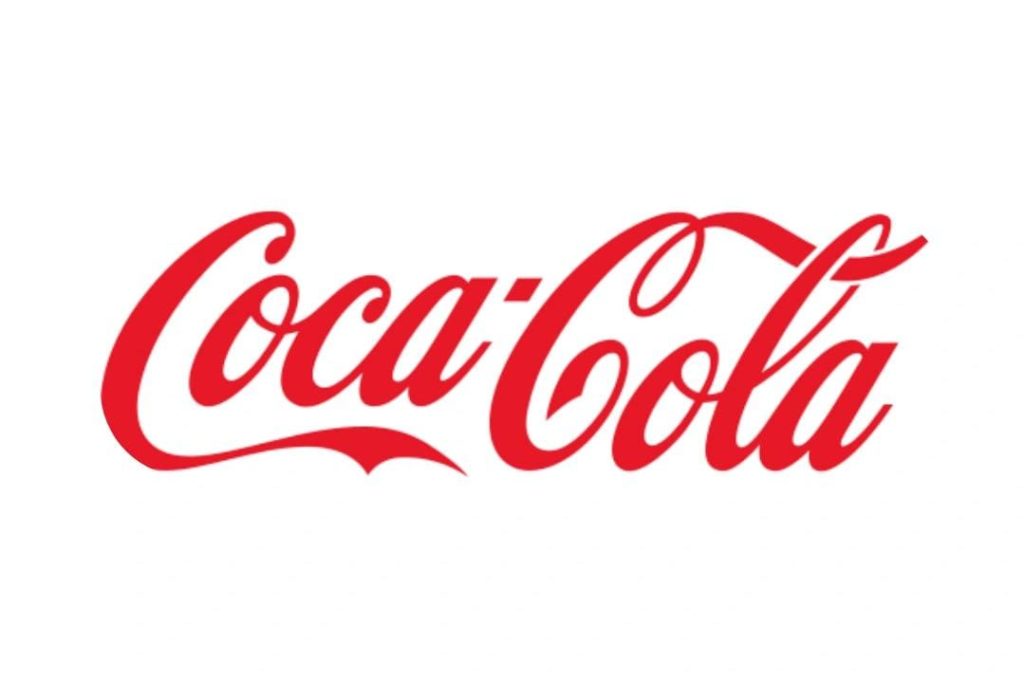Introduction
Generative Artificial Intelligence (Generative AI) is a field of AI that enables machines to produce original content, including text, images, music, videos, and code, that closely resembles human work.
Unlike traditional AI, which only analyzes or classifies data, generative AI learns from large datasets to produce original and creative results. Generative AI relies on advanced machine learning models, such as neural networks and transformers, to understand and reproduce complex patterns in language, art, and sound.
Generative AI is reshaping content creation by enabling rapid drafting, instant concept visualization, and personalized marketing materials for targeted audiences.
Key Stats
The generative AI market was valued at USD 21.3 billion in 2024 and is projected to grow at a CAGR of 24.3% through 2034, fueled by demand for automated content across media, marketing, and e-commerce.
In the “Generative AI Solutions” segment, the market is expected to jump from USD 24.5 billion in 2025 to USD 185.6 billion by 2034, with transformer models (like GPT-style architectures) holding a dominant share.
Understanding Generative AI
Generative AI is a field of artificial intelligence that creates new content instead of only analyzing data.
- It uses deep learning and neural networks to find patterns in large datasets and generate original text, images, music, or videos.
- Generative AI uses deep learning models to interpret complex datasets and produce unique outputs, unlike traditional AI, which relies on pre-programmed rules.
- Generative AI is transforming content creation by making it faster, more accessible, and more personalized.
Benefits of Generative AI
Generative AI has many advantages. It makes content production faster, more efficient, and innovative. It lets creators try new ideas, automate routine work, and produce high-quality results easily.
- Speed: Generative AI tools complete tasks and generate content within seconds. This efficiency boosts productivity and lets creators focus on refining ideas rather than starting from scratch.
- Versatility: Generative AI adapts easily to a range of tasks, from writing resumes and marketing content to coding and music generation, making it valuable across multiple fields.
- Scalability: GenAI tools are built to perform efficiently even under heavy demand. They can manage multiple users and complex tasks simultaneously without compromising speed or accuracy.
- Creative: Generative AI encourages innovation by helping users explore new ideas and creative possibilities. It serves as a creative partner, offering fresh perspectives and unique concepts that inspire human creators.
Impact on Creative Professions
Generative AI is revolutionizing creative professions by becoming a powerful tool for inspiration and innovation. It empowers artists, writers, and designers to explore new possibilities, experiment freely, and bring ideas to life faster than ever before.
Rather than replacing human creativity, it enhances it — helping creators overcome creative blocks, refine their work, and discover fresh perspectives they might never have considered on their own.
By automating repetitive tasks, Generative AI allows professionals to focus on emotion, storytelling, and originality. It’s not the end of human creativity — it’s the beginning of a new, more dynamic era for it.
Case Studies and Industry Insights
Coca Cola
Coca-Cola Y3000 is a limited-edition beverage from the brand’s “Creations” series, developed with the help of artificial intelligence. It was designed to give consumers a taste of what the “future” might feel like — both in flavor and experience, using AI insights to imagine what people in the year 3000 might enjoy.
The motive of this idea was to make consumers engage with Coca-Cola Y3000 through an on-pack QR code that directs them to the Coca-Cola Creation Hub. The Y3000 AI Cam allows users to reimagine their present surroundings through a futuristic lens, enhancing the brand’s immersive experience.
This Concept was further extended when Coca-Cola collaborated with the renowned fashion label AMBUSH®, founded by designer Yoon Ahn, to launch an exclusive Y3000 capsule collection that seamlessly merges innovation, technology, and contemporary design.
Coca-Cola allowed users to create personalized holiday cards using AI-generated images that featured classic festive elements. By using the advanced AI tool DALL·E 3, the brand created colorful, engaging visuals that connected with consumers.
Wayfair
Decorify is an AI-powered tool by Wayfair that lets users virtually redesign their rooms. Users upload a photo and explore décor styles like modern or bohemian through Wayfair’s catalog. Generative AI helps visualize makeovers instantly.
It makes interior design more accessible and interactive by allowing users to experiment with layouts and colors. Instead of guessing, they can see how furniture and décor would look in real time. This turns the design process into a personalized and creative experience.
Decorify also boosts customer confidence when shopping for home décor online. It shows Wayfair’s commitment to blending technology with creativity. Overall, it transforms home design into an engaging and inspiring journey for users.
Leading organizations are embedding generative AI across workflows—from marketing content to intelligent assistants—and even customizing domain-specific models. That gives them a competitive advantage in agile innovation, scale, and governance.
Future of Generative AI in Content Creation

The future of generative AI in content creation looks incredibly promising, transforming how ideas are brought to life.
- Smarter Tools: AI tools now generate text, visuals, and videos with incredible speed and precision, making content production more efficient and accessible.
- Tool to Creative Collaborator: Generative AI will act like a creative partner—helping brainstorm ideas, refine tone, and enhance storytelling across writing, design, and marketing.
- Strategy and Originality: With AI handling repetitive or technical tasks, professionals can spend more time on creativity, strategy, and big-picture thinking.
- Personalized Content: Brands will use AI to deliver tailored messages and visuals that match individual user preferences, driving deeper engagement and emotional connection.
- Future of Creativity: AI won’t replace creators—it will amplify their imagination, merging human intelligence with machine power to produce innovative and meaningful content.
Conclusion
The rise of Generative AI in content creation marks a major shift in how creativity and technology work together. It has made content production faster, smarter, and more diverse, helping creators explore new forms of expression with ease and efficiency.
By blending human imagination with machine intelligence, Generative AI has expanded creative boundaries and encouraged innovation across industries. It has also enabled greater personalization, allowing content to connect with audiences on a deeper and more meaningful level.
Overall, the growth of Generative AI signifies the beginning of a new creative era. Instead of replacing human talent, it enhances it — empowering creators to focus on originality, storytelling, and emotional impact while AI handles the rest.



